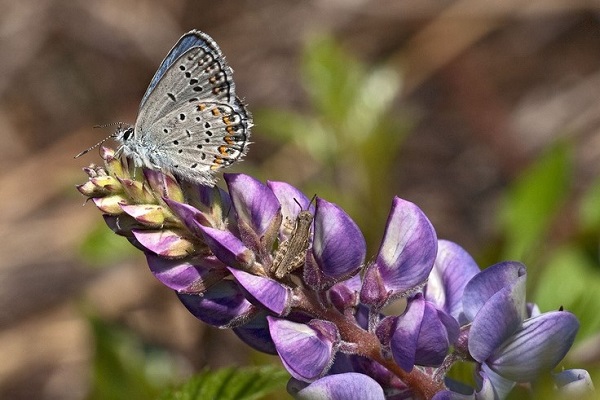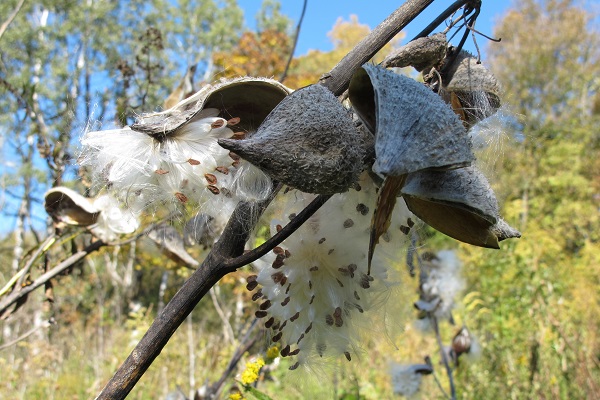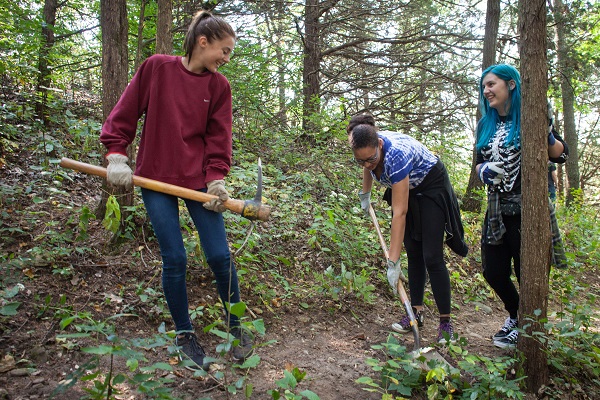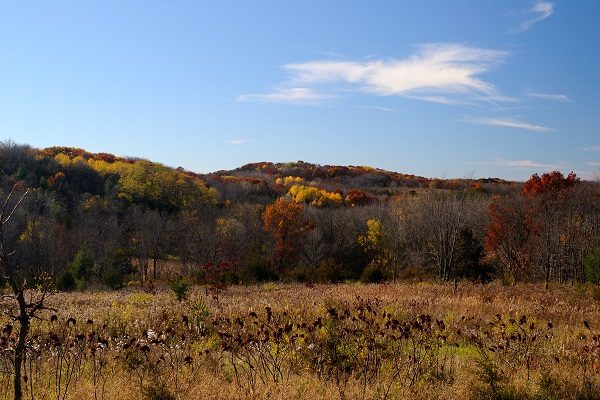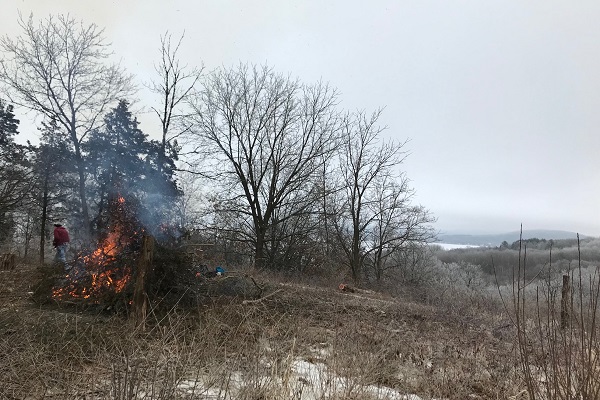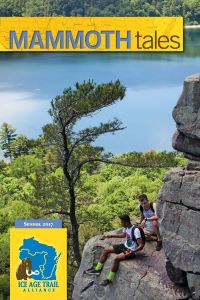Photo Credit: Katie Weber
Habitat Management
Permanent protection of the Ice Age Trail also involves the responsible management of land that we own or on which we hold easements.
4,595
Monitoring and Managing the Land
As an accredited land trust, the Ice Age Trail Alliance is responsible for managing and monitoring the land we own, or for which we hold permanent easements.
This includes activities such as:

Improving the Hiker Experience
Land management includes working with the Trails program and leaders of volunteer chapters to build new Ice Age Trail, parking areas, dispersed camping areas (DCAs), and loop trails.
The clearing in the above photo is one of our 30 DCAs created along the Ice Age Trail.
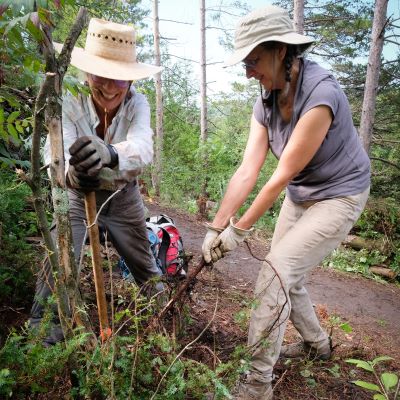
Managing Invasive Species
Buckthorn, cedar trees, and garlic mustard are among the invasive species which offer volunteers plenty of opportunity to roll up their sleeves and wield loppers and handsaws. On-going efforts by chapter-led Trail Improvement Days reign in the spread of invasive species and maintain the natural beauty of Trail corridor. For more information about habitat management efforts, please contact our Land Restoration Specialist, Steve Pence, at steve@iceagetrail.org or (800) 227-0046.
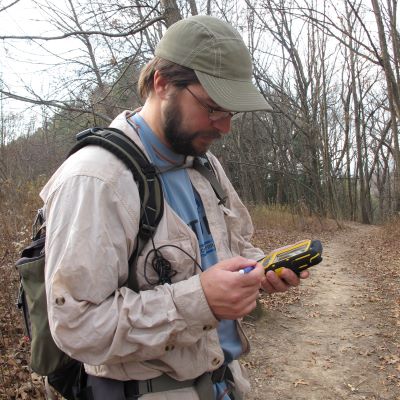
Monitoring Property Easements
Permanent easements (a legal right to use another’s land for a specific limited purpose, like Ice Age Trail corridor) and handshake agreements, informal easements, are two key ways the Ice Age National Scenic Trail is able to wind its way through Wisconsin. Each year trained and dedicated volunteers check the property where easements exist to insure both parties are living up to their agreements. For more information about property monitoring, please contact our Property Steward, Claire Finucane, at claire@iceagetrail.org or (800) 227-0046.
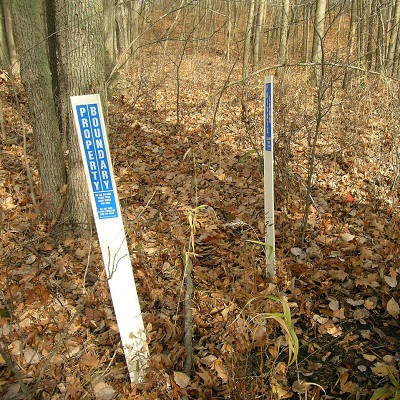
Marking Property Boundaries
Most people want to do the right thing. A carefully marked property boundary helps. Since the Ice Age Trail depends on good relationships with trail hosts and areas landowners, it is incumbent that the Ice Age Trail Alliance be good stewards of the land and good neighbors too. The Alliance manages approximately 120 property interests encompassing nearly 4,000 acres around the state. We mark the boundaries of all properties we own, and even on a few easements.
For more information about how the IATA marks property boundaries can be found here [PDF].
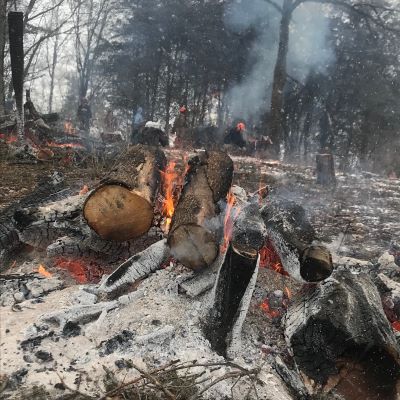
Restoring Native Landscapes
During the summer and fall months, volunteer crews work to clear the Trail corridor of invasive species. During the winter, it is a good time to burn the piles of accumulated brush. Here, along the IATA owned Steenbock Preserve, the Lodi Valley Chapter has been actively removing invasive cedar trees in an effort to restore the prairie that once existed. In a few years, native grasses and flowers will flourish and an impressive view of Lake Wisconsin spread out in the river valley below will be part of the hiker experience. For more information about habitat management efforts, please contact our Land Restoration Specialist, Steve Pence, at steve@iceagetrail.org or (800) 227-0046.
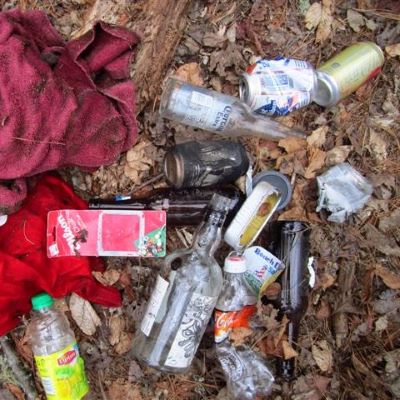
Litter Free Properties
We actively encourage hikers to practice Leave No Trace principles while hiking and camping. These guidelines help decrease the damaging impact we have on the land so everyone may enjoy the Ice Age National Scenic Trail at its best.
Leave No Trace ethic:
- Plan ahead and prepare
- Travel and camp on durable surfaces
- Dispose of waste properly
- Leave what you find
- Minimize campfire impacts
- Respect wildlife
- Be considerate of other visitors
Photo courtesy of ATatDusk.com
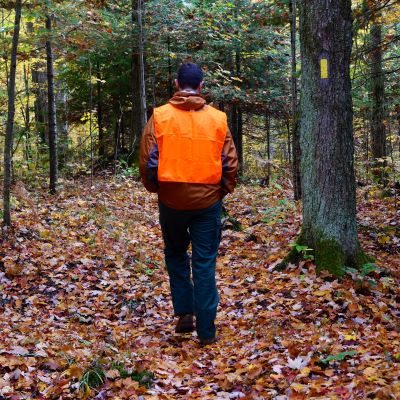
Hunting and the IAT
Many public and private lands along the Ice Age Trail are open to hunting during a variety of hunting seasons. Here is a Public Access Lands map (loads slowly) produced by the Wisconsin Department of Natural Resources (DNR) to help you determine where you may hunt or encounter hunting.
Hikers should keep in mind hunting season dates and what to wear when out and about on the Trail, especially during the nine-day gun deer-hunting season in late November.
To find out if hunting is allowed on IATA owned properties, please view our Ice Age Trail Alliance Properties & Hunting Regulations map.
Land Management Success Stories!
Land restoration involves the removal of invasive species along the Trail corridor and actively casting seeds for native prairie plants. This creates beneficial habitat for endangered species like Monarch and Karner Blue butterflies. It also improves the hiker experience by enhancing the Trail’s natural beauty.
Much of the work done is achieved through collaboration with chapter members and land owners.
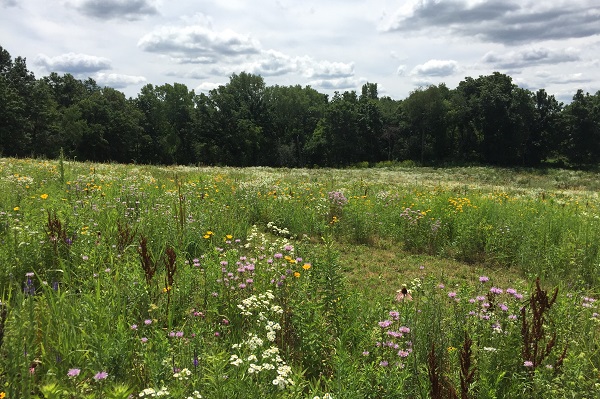
A restored remnant prairie graces the Moraine Kettles Preserve, owned and managed by the IATA. It is permanently protected land along the Verona Segment in Dane County. The Dane County Chapter facilitated the three-year-long restoration project. Photo by David Lonsdorf.
The Verona Segment's Moraine Kettles Preserve
Success Story!

This view greets hikers of all ages as they explore the Table Bluff Segment in Dane County. Glorious summer days highlight the efforts of the landowners who meticulously restored their property to native prairie. Photo by Lea Cicchiello.
Table Bluff Segment and Swamplovers
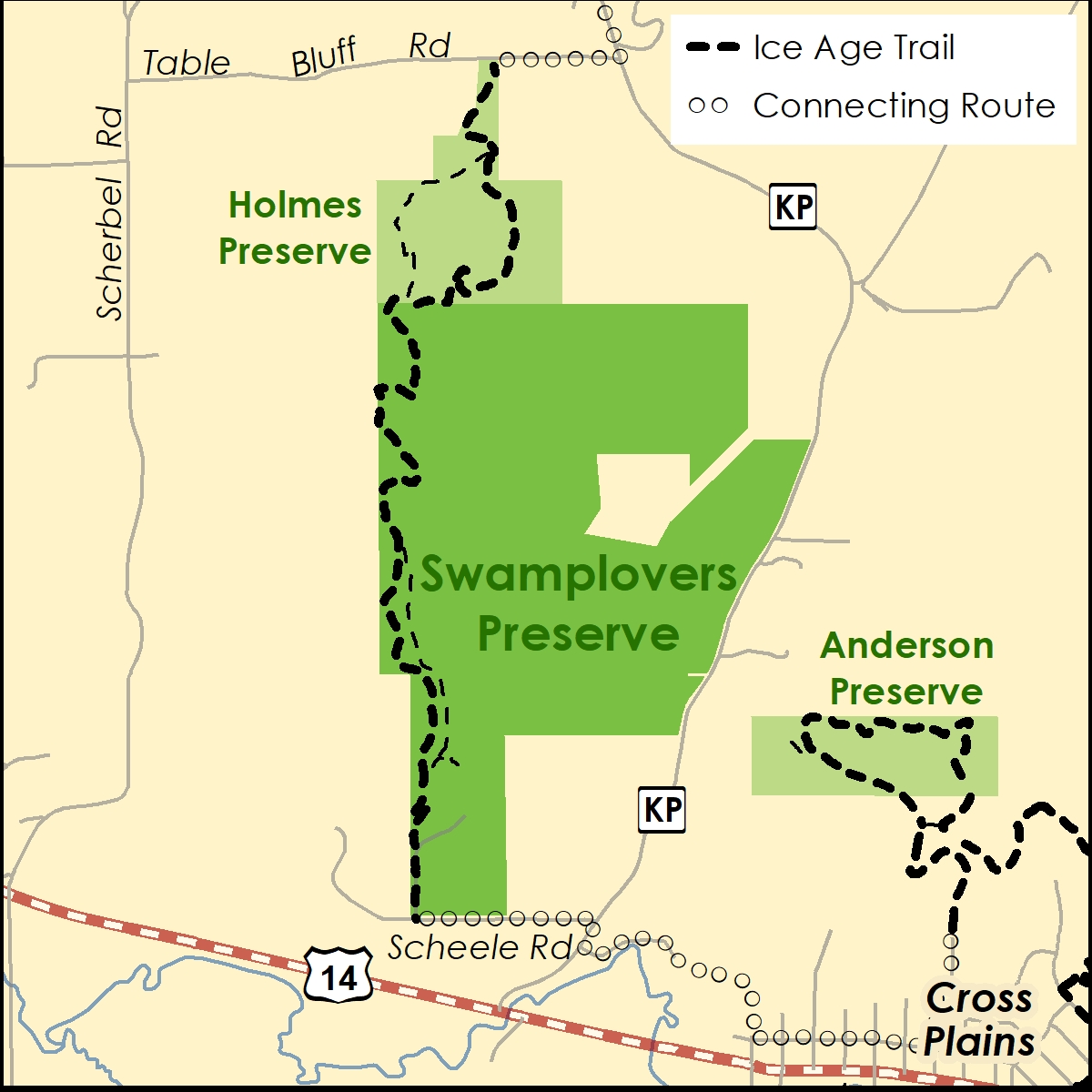
The popular Table Bluff Segment of the Ice Age National Scenic Trail runs through the Swamplovers Preserve.
On November 24, 2020, the ownership and management responsibilities of the Swamplovers Preserve, a 433-acre property perched on the rolling hills of southwestern Dane County, transferred from the Swamplovers Foundation to the Ice Age Trail Alliance.
“After considerable thought and collaboration, we signed the paperwork with complete confidence,” said Lee Swanson, a founding member of the Swamplovers Preserve. “Gerry, Tom, and I have full faith in the Alliance’s commitment to the land we’ve cared for during the past 33 years.”
The seeds of this historic moment were cast in 1987 when a team of visionaries – Lee Swanson, Gerry Goth, Tom Keuhn, and the late Joe Keuhn (Tom’s brother) – purchased the property, once plotted for development. Acquired initially as hunting grounds for outdoor recreation, these acres became prized for their natural features including presettlement vegetations such bur and white oak savanna interspersed with prairie and marsh.

33 acres of agricultural fields, currently part of the Ice Age Trail Alliance’s Muir Preserve in Marquette County, will be restored to native prairie. This is the type of habitat most beneficial for supporting endangered species like the Karner blue butterfly. Photo by Steve Apps Photography.
Bringing back an endangered species
Success Story!
Are you a landowner interested in preserving your land?
We’d love to have you involved. If your land is on or near the route of the Trail, we may be able to work with you to protect the property. If the land is not near the Trail, there may be an opportunity for a donation that would benefit the Ice Age Trail and generations of its users.
For more information, please contact Senior Director of Land Conservation, Kevin Thusius, at kevin@iceagetrail.org or (800) 227-0046.

